Featured Bottler: James Esposito - Philadelphia, Pennsylvania
Note: If you have researched and authored an article about a Hutchinson bottler you feel would be of interest to others, and would like the article considered for publication at HutchBook.com, please contact us via EMail at HutchBook@yahoo.com.
Posted: October 1, 2013
We are very pleased to present the following history of James Esposito authored by Charles David Head. Charles is a long-time bottle collector, an award-winning and frequent contributor of research articles to the FOHBC's Bottles & Extras bi-monthly journal and Antique Bottle & Glass Collector magazine, and an authority on the history of the Koca Nola Company. Charles will be the subject of the November 1, 2013 Hutchinson Highlights' "Collector Profile," and his book, A Head's Up On Koca Nola, is scheduled to be available by December 1, 2013.
This article appeared in the January-February, 2008 issue of Bottles and Extras and won the FOHBC's First Place Award for "Best Research Article" in 2008. The article is also posted at Charles' web site, www.KocaNola.com. Thanks for sharing your well-done article with HutchBook.com's audience, Charles!
PROUD TO BE AN AMERICAN by Charles David Head © 2008 and 2013
In 1893, James Esposito
and his brother, Vincent, emigrating to the
After passing through
immigration on Ellis Island, the brothers made their way to
They worked hard and saved
enough money to open a bottling business at
It was the Esposito
brothers’ way of paying homage to their adopted country, letting
everyone know they were proud to be Americans.
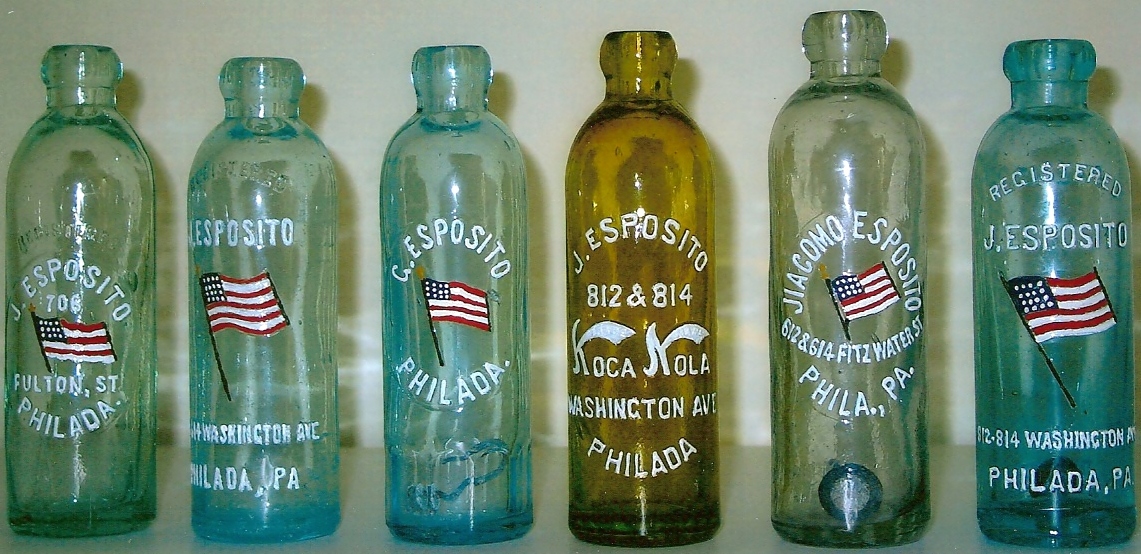
Photo courtesy of R. J. Brown
Their bottling business
was successful, but about 1900 for reasons unknown, James Esposito, just
24 years old at the time, decided to pull out of the partnership and
establish his own soda water business. He purchased adjoining
houses at 812 and
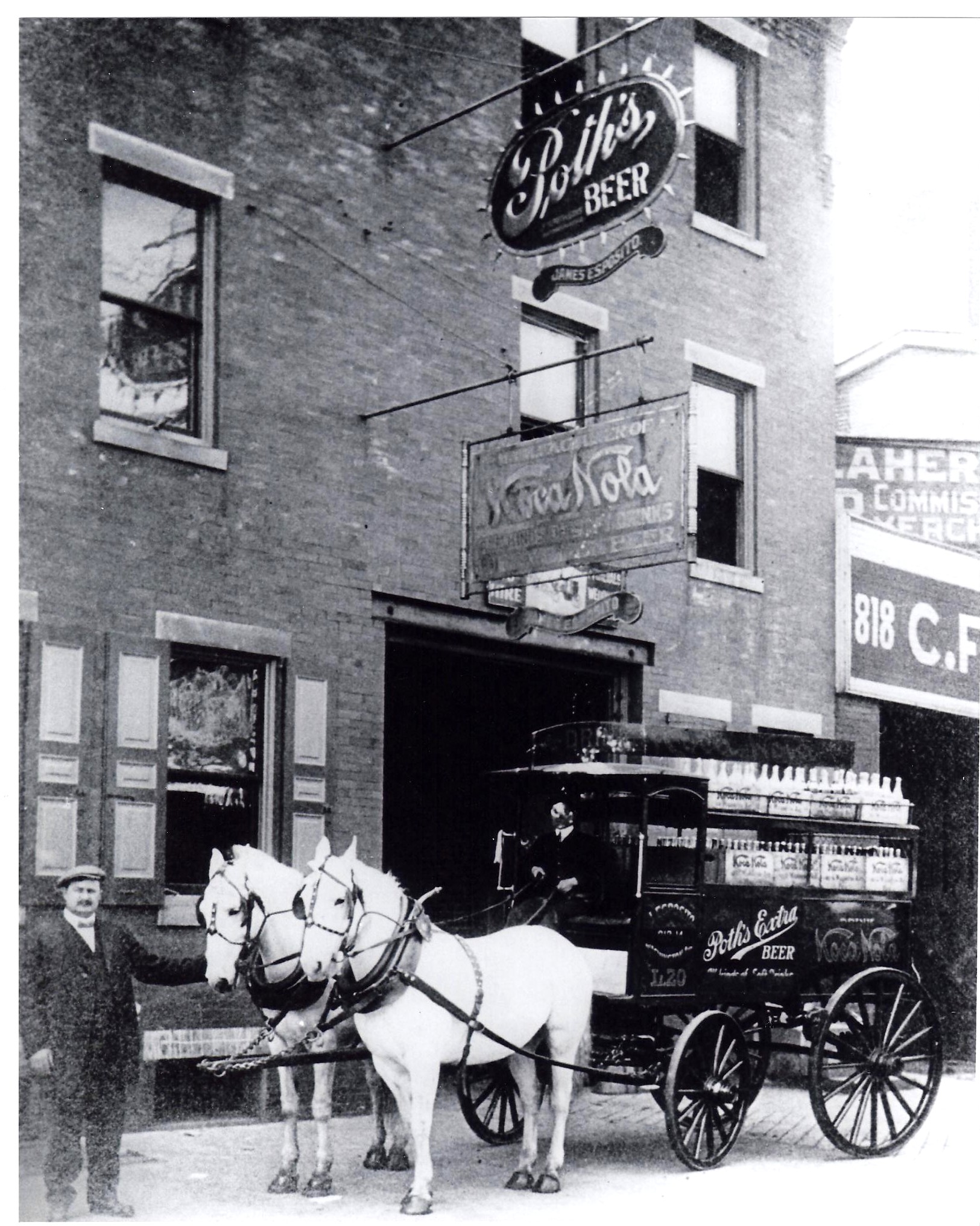

James Esposito and friends, each with a Koca
Nola in their hands, celebrate circa 1910-1914. James is in the
center of the group, and his two young sons, Anthony and Jimmy, are in
the background, center. The little girl in the doorway is his
daughter, Mary.
As his business grew,
James built a large, two-story addition to the garage-bottling plant
that extended all the way to
He
continued the tradition of ordering flag-embossed
Bottles embossed Jiacomo Esposito and Giacomo
Esposito, the equivalents of "James" in Italian, also exist.
(Note: There is no "J" in the Italian alphabet, according to Bob
Esposito, James’ grandson, so Jiacomo is a misspelling).
In the spring of 1905,
James Esposito became one of the first bottlers to be awarded a
franchise from the fledgling Koca Nola Company in
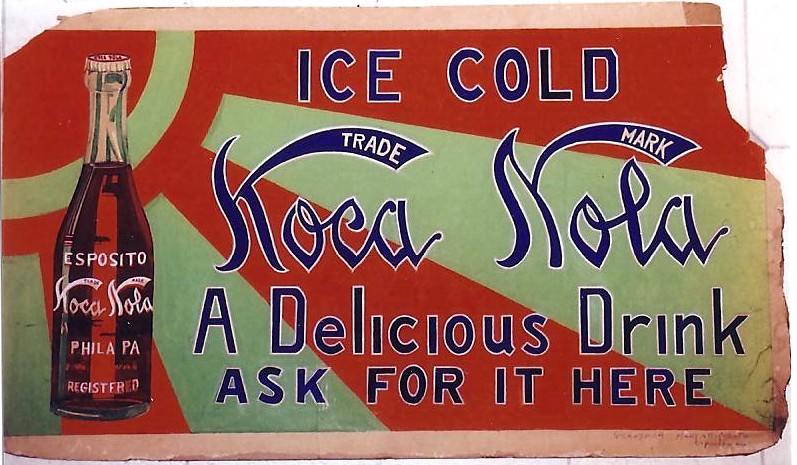
He probably sold more Koca
Nola than did bottlers of the drink in 15 other states and the bottles
in which it was sold have become collector’s items. The
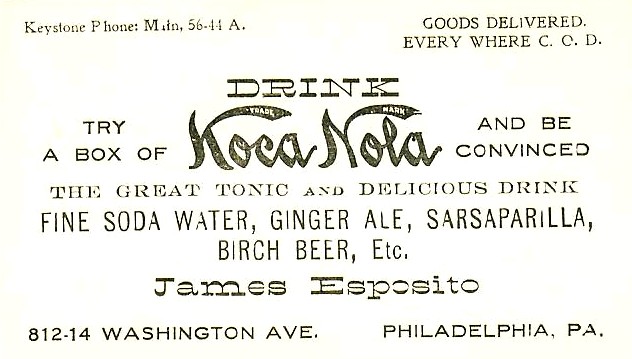
James Esposito's Business Card Circa 1910.
The Coca-Cola Company in
1912 took James to federal court to stop him from using the Koca Nola
bottles because of the similarity in names. The case took more
than 10 years to decide, but in 1922 Esposito finally lost the case and
changed the name to Espo Cola and later Trio Cola, but the federal judge
blocked those names, too. So James again switched names, to Primo
Cola, and the judge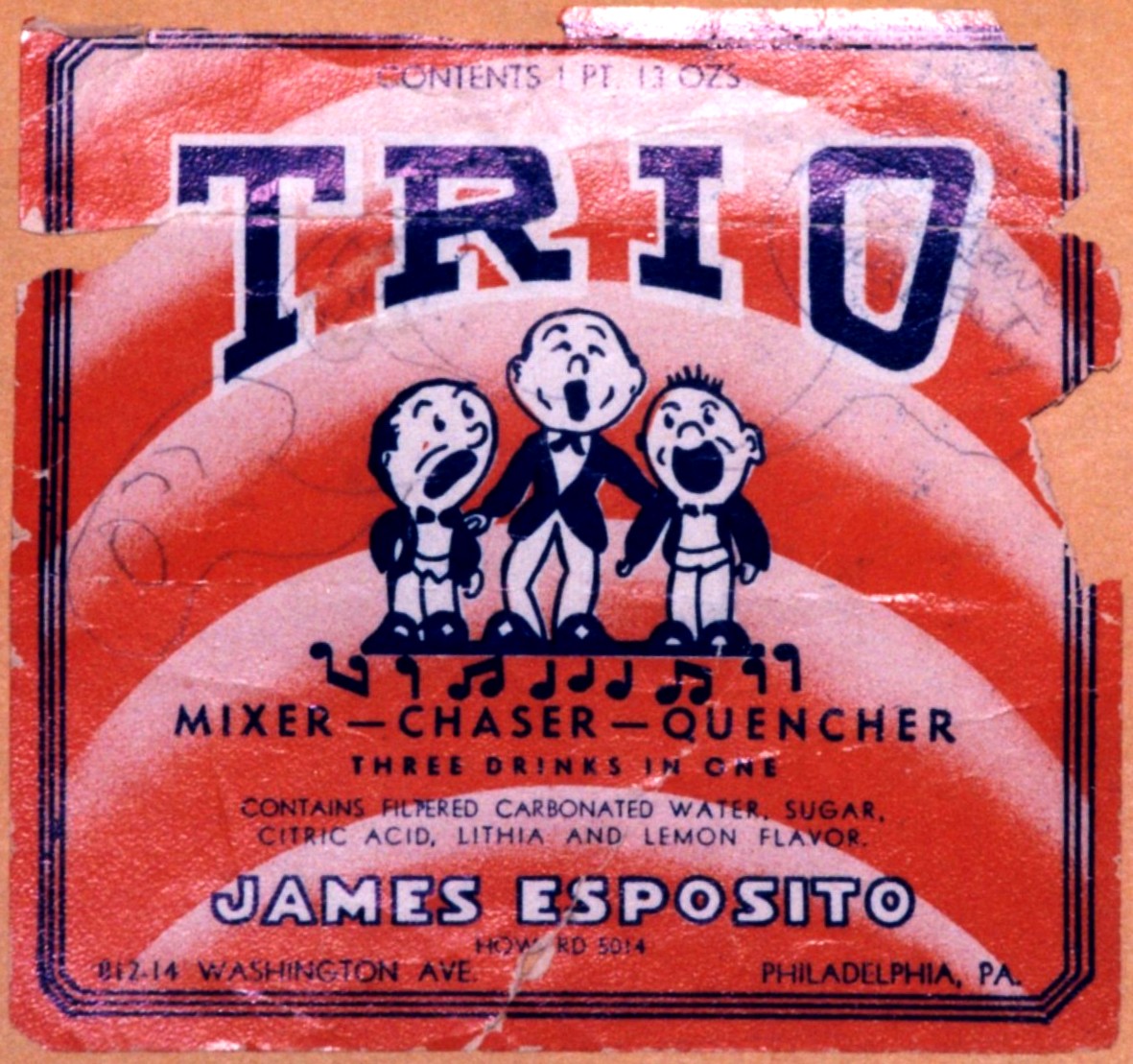 approved the name. Perhaps there was a family joke there. Primo in
Italian means first, something the judge probably didn’t realize.
The
approved the name. Perhaps there was a family joke there. Primo in
Italian means first, something the judge probably didn’t realize.
The
Trio Quart Paper Label Circa 1922.
Later during the 19-teens,
James began bottling a lemon-and-lime soda he named "Primo Gassosa."
The second word meant carbonated soda in Italian and the syrups from
which it was made were imported from
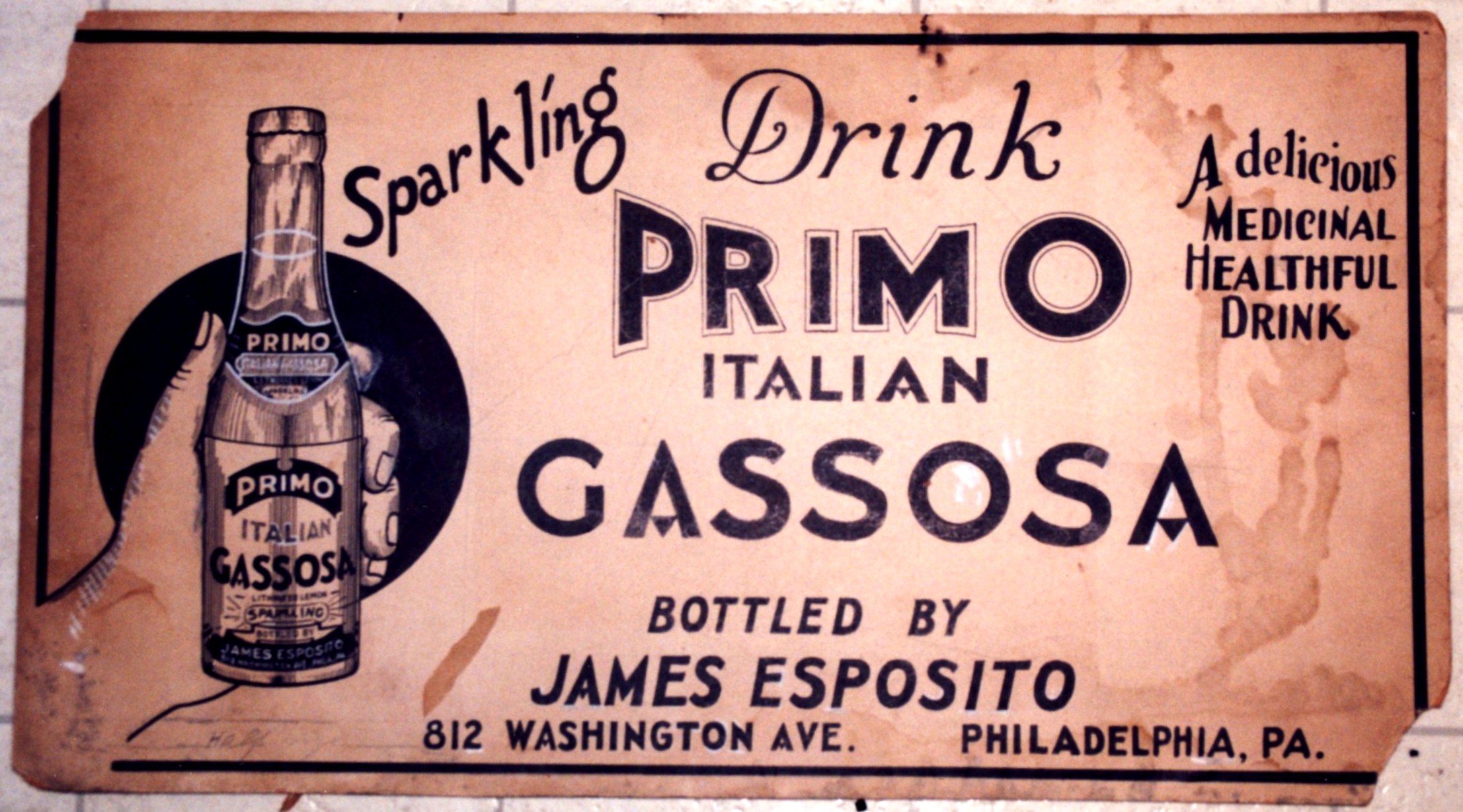
Cardboard Advertising Sign Circa 1920.
According to family
members, the drink became very popular and James thought it was the best
carbonated soft drink. James became famous in his native
His daughter-in-law, Mary
Cipollone, nee Esposito, was an artist who turned her talents into
designing paper labels for the company soda bottles, as well as many
marketing items. 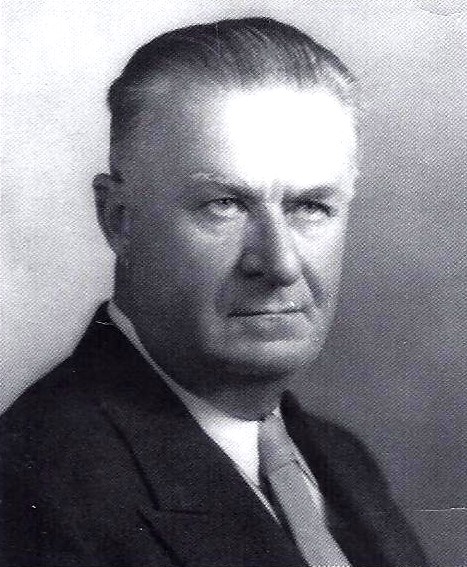
During the early 1930s,
representatives from the 7UP Company in
In 1938, James passed away
and his 37-year-old son, Tony, took over operation of the family
business. Like his father, Tony was an astute businessman who took
pride in his work. He kept the business thriving even as other
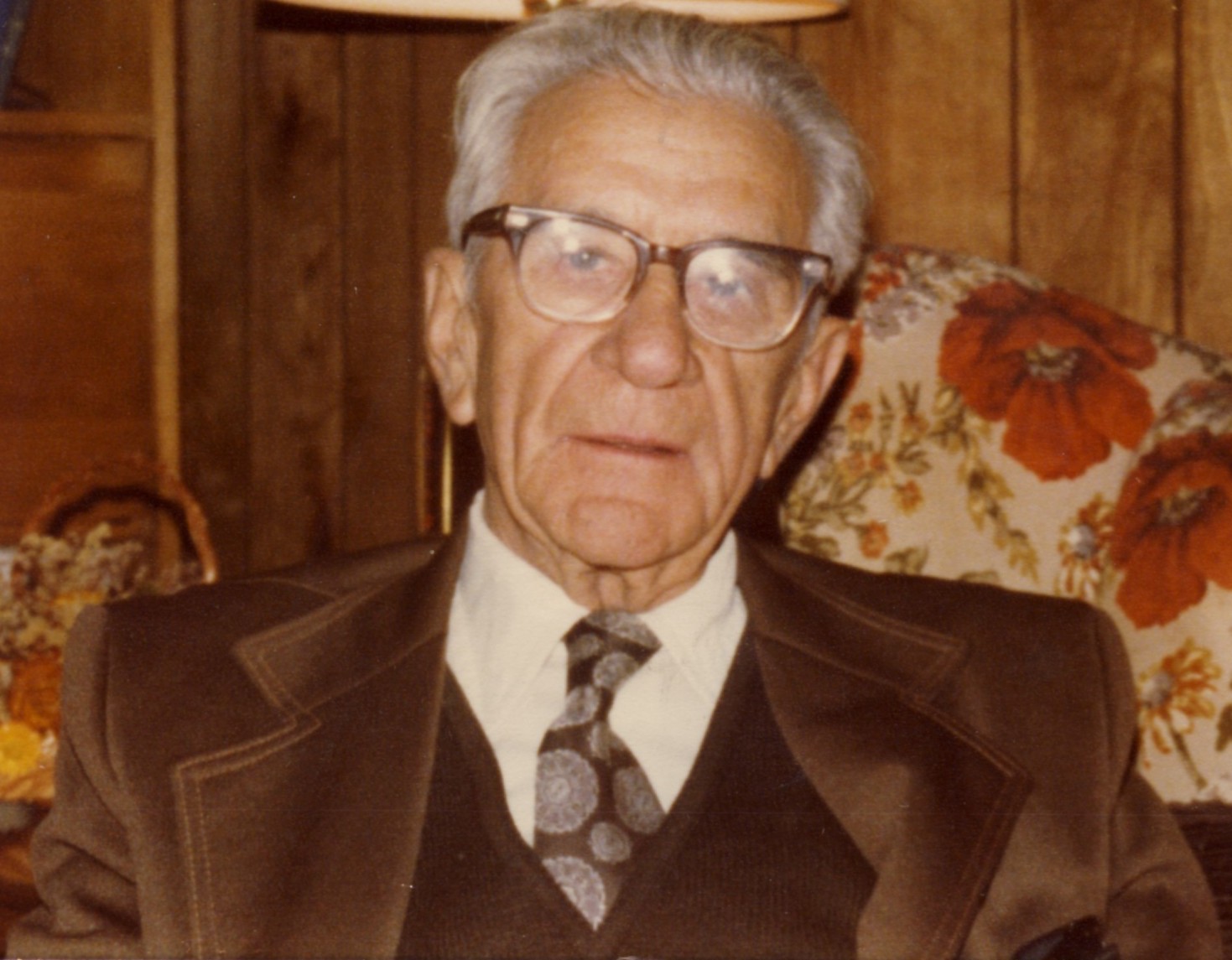
AUTHOR’S NOTE:
I am indebted to R.J. Brown of
 HutchBook.com
HutchBook.com